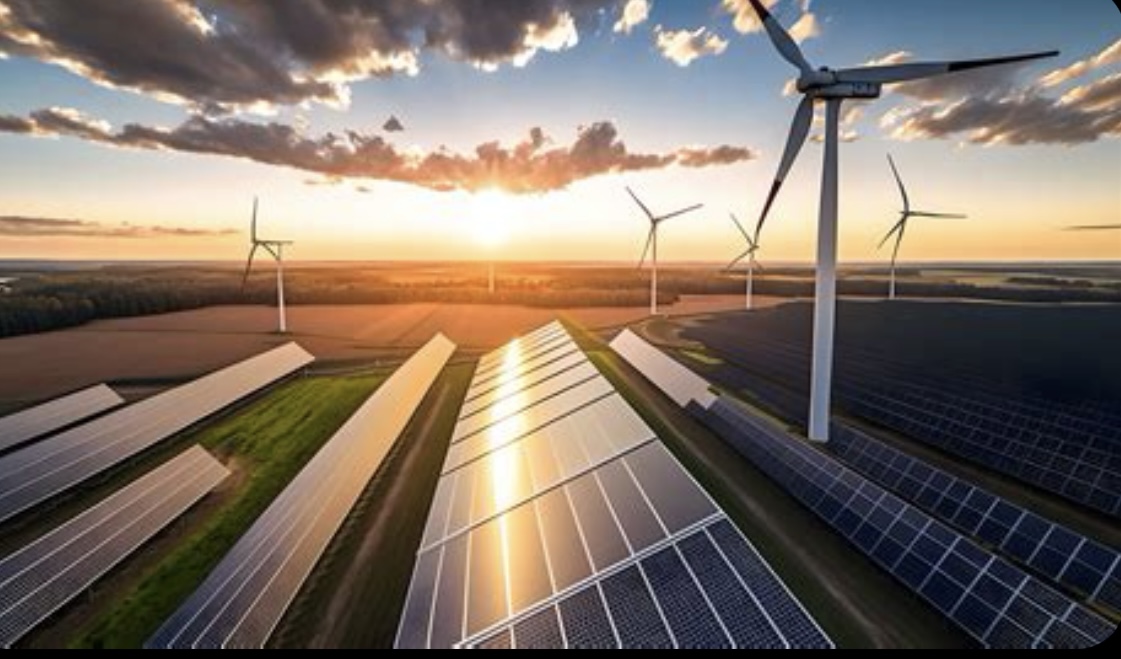In a historic shift for the global energy landscape, renewable sources such as wind and solar have for the first time outpaced coal as the world’s largest source of electricity. According to the latest analysis by the climate think tank Ember, in the first half of 2025 renewables generated about 5,072 terawatt-hours (TWh), while coal produced around 4,896 TWh — marking a watershed moment in the transition away from fossil fuels.
This breakthrough was driven by a remarkable surge in solar output, which climbed approximately 31 percent year-on-year, and solid growth in wind generation of 7–8 percent. The growth in renewables didn’t just keep pace with rising electricity demand — it exceeded it, enabling a modest decline in coal and natural gas generation.
China and India were central to this shift. China alone added more renewable capacity than the rest of the world combined and saw a drop in its fossil fuel generation, while India’s clean energy growth outstripped its electricity demand. In contrast, the United States and the European Union experienced pressures from rising demand and suboptimal renewable output (for example from weaker wind or hydro conditions) that caused them to lean more heavily on fossil fuels in this period.
Experts caution, however, that this milestone is not the end of the journey. While it’s symbolic of the technical viability of clean energy at scale, locking in this gain will require policy reinforcement, more grid investments, and advances in energy storage and system flexibility. The International Energy Agency (IEA), for instance, has recently adjusted down its long-term renewables outlook in response to policy shifts in the U.S. and reforms in China, though it still expects solar power to account for a dominant share of future capacity growth.
The momentum is nevertheless unmistakable. The fact that renewables now lead global electricity generation underscores that clean energy can scale at planetary levels. Whether this advantage becomes permanent, and how fast carbon emissions decline as a result, will depend on whether governments and power sectors can manage the operational challenges of integrating variable energy sources, upgrading grids, and deploying storage at speed.



